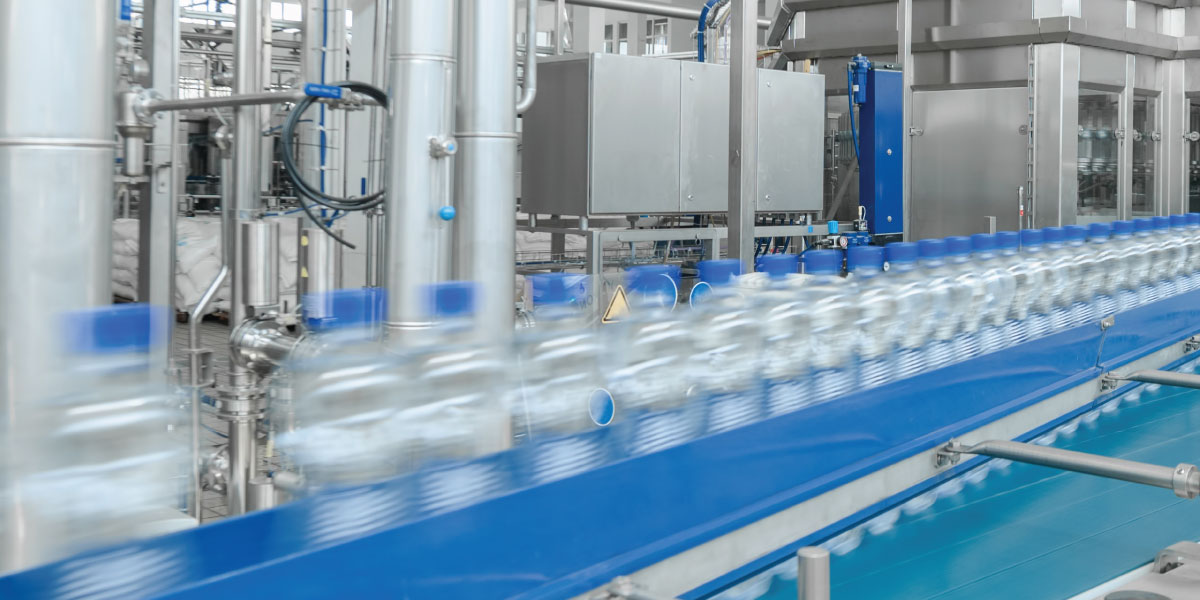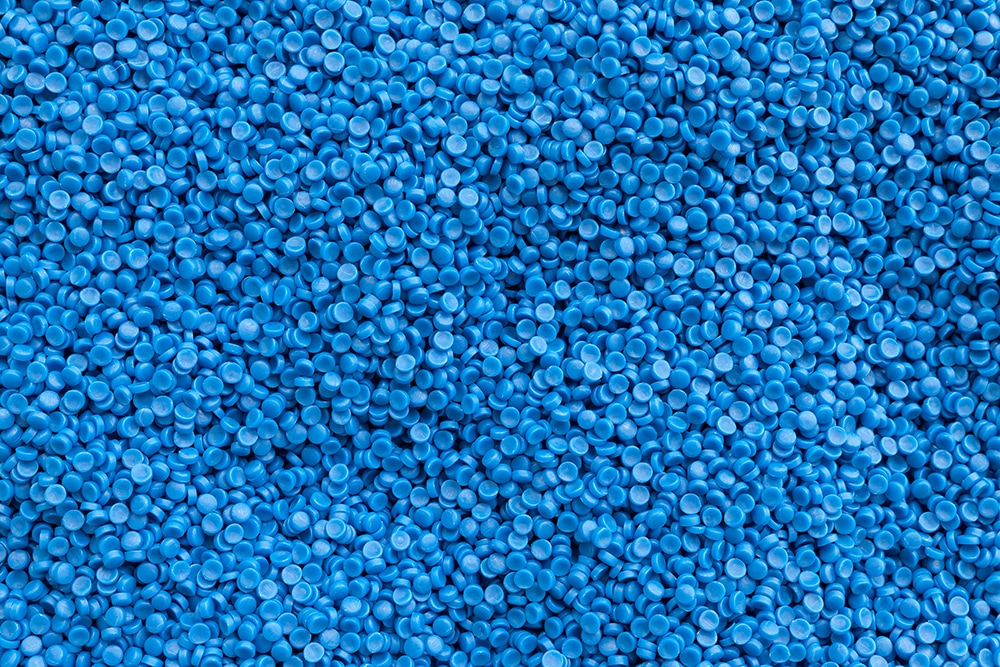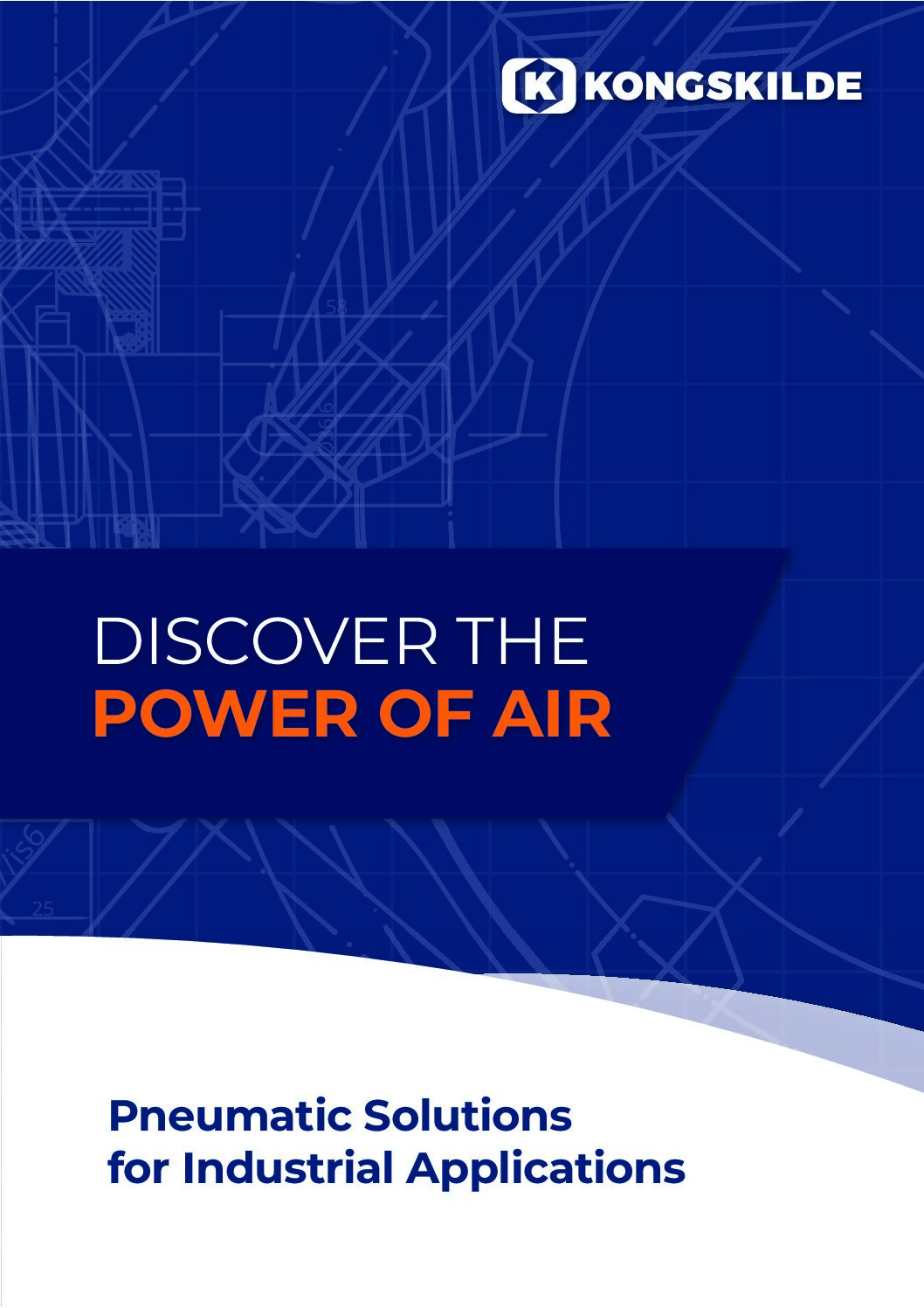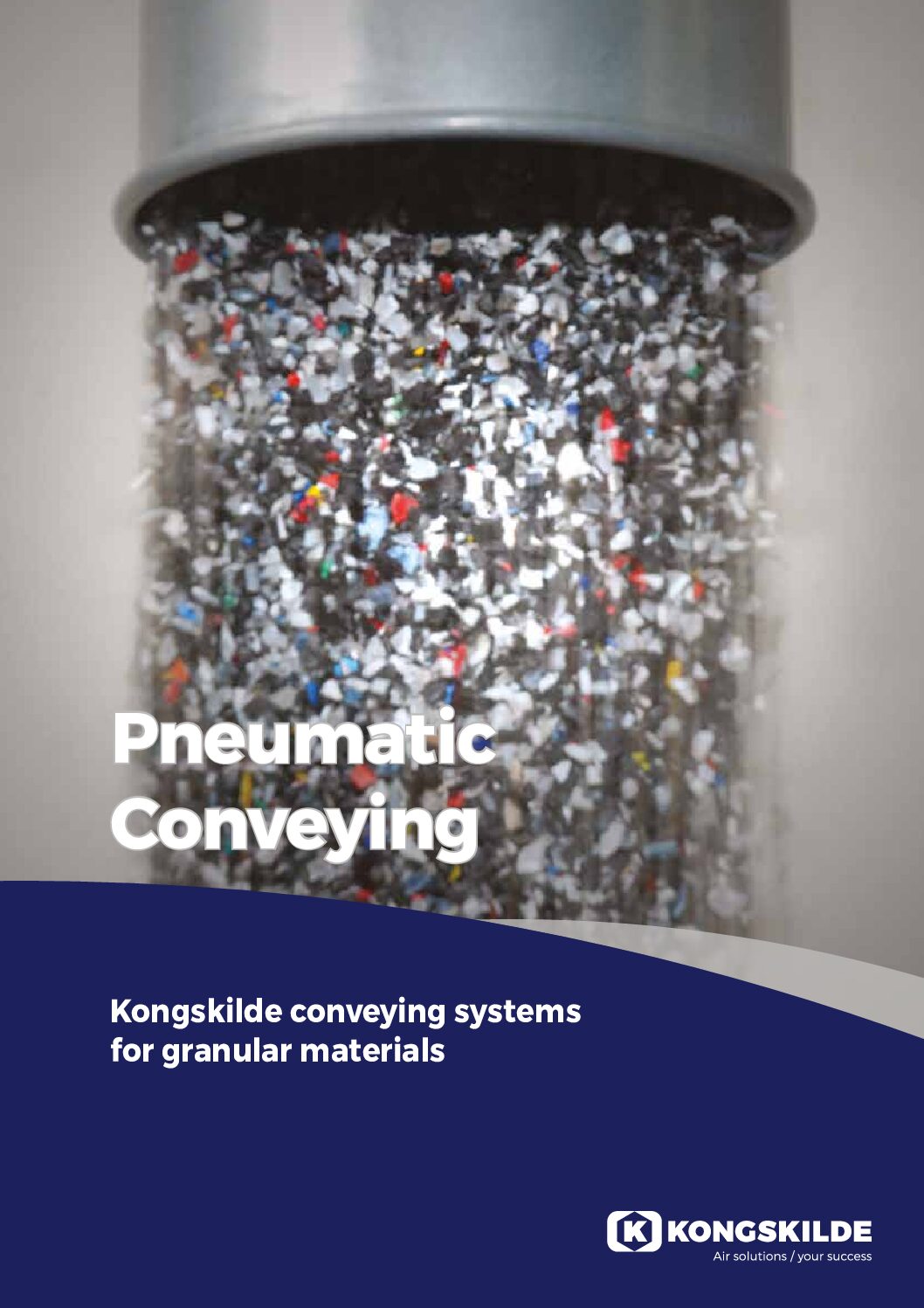

Industrial Pneumatic Conveying Systems
Efficient, easy-to-install industrial pneumatic conveying systems that can transport a wide range of materials and components in nearly any facility layout. For further information, contact us or select your solution below.
Finding the right industrial pneumatic conveying system
Kongskilde makes choosing the right industrial pneumatic conveying system straightforward and efficient.
Many industries rely on pneumatic conveying because it offers a cost-effective, low-maintenance, and material-preserving way to handle bulk materials. Numerous types of systems are available, tailored to meet the needs of different industrial applications. Designed to handle particles ranging from granules to pellets, industrial pneumatic conveying systems are widely used in manufacturing, recycling, construction, and more.
System Structure and Functionality
Pneumatic conveying systems transfer bulk materials through enclosed pipelines. Key components include a material intake point, piping network, receiving unit, and an air movement device—though system design and capacity vary by application.
One of the advantages of industrial pneumatic conveying systems is their flexibility. Piping can be routed around existing equipment, making them ideal for retrofitting. These systems provide reliable material movement across long distances, both horizontally and vertically, while reducing dust emissions and simplifying facility maintenance.
Pneumatic Conveying Methods
Pneumatic conveying systems use pressurized air or vacuum to move materials. The three main types of conveying methods are dilute phase, dense phase, and air conveying. Each method varies in terms of pressure, air velocity, and air-to-material ratios.
Dilute phase conveying uses high-velocity airflow with a low-pressure environment, making it a continuous process that works well for lightweight materials. Compared to mechanical systems, industrial pneumatic conveying systems require less maintenance and have lower operational costs.
Enclosed conveying systems ensure that the material never contacts moving parts, reducing wear and contamination. Vacuum-based systems pull material from the source, while pressure-based systems push material to its destination—offering versatile options for material transport across diverse industrial settings.
Questions?
Get in touch with our world-class customer support and technical specialists.






